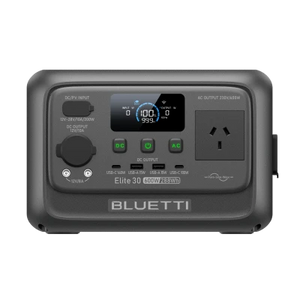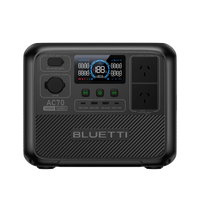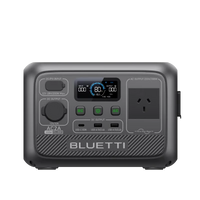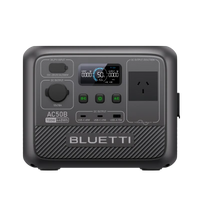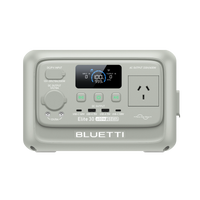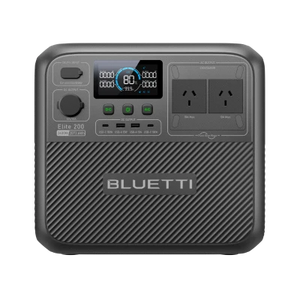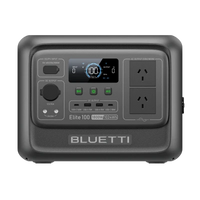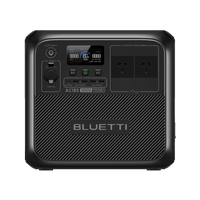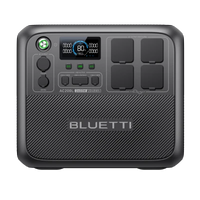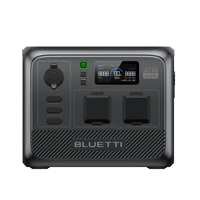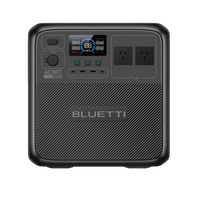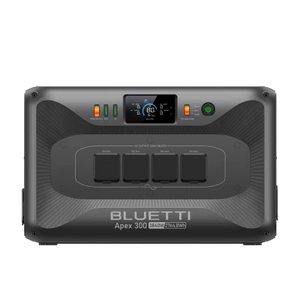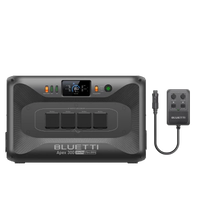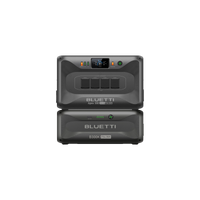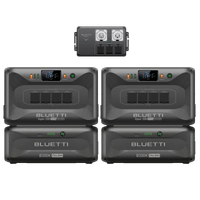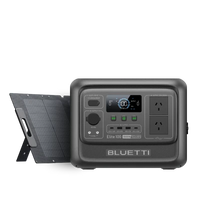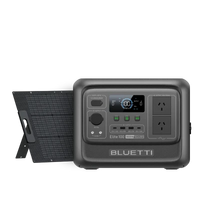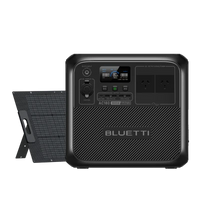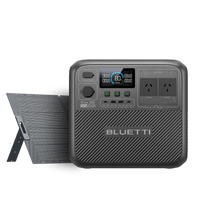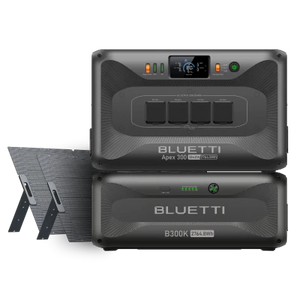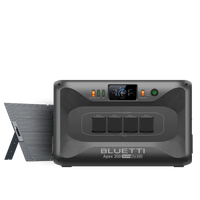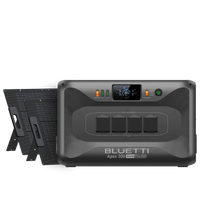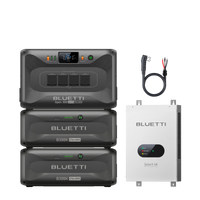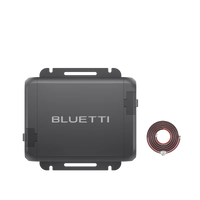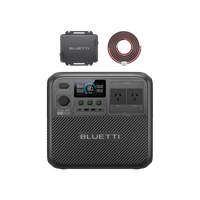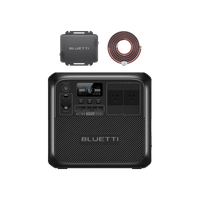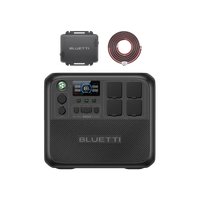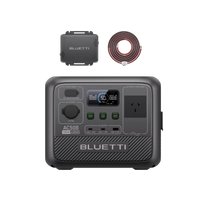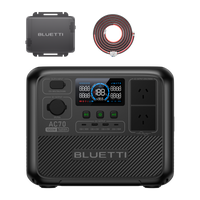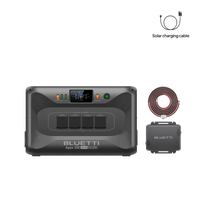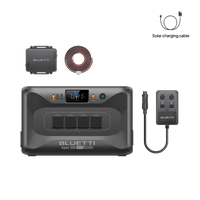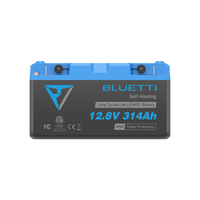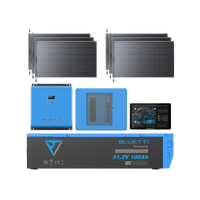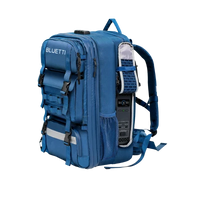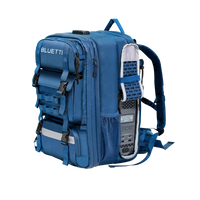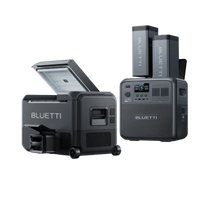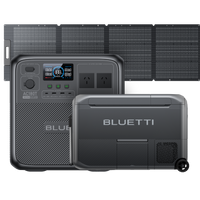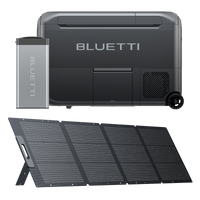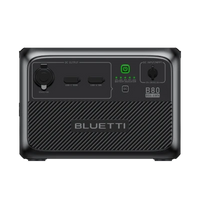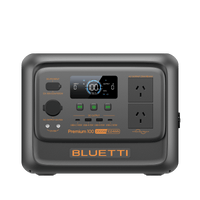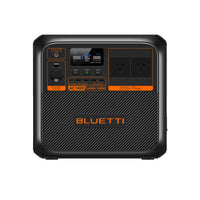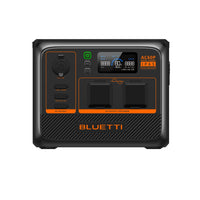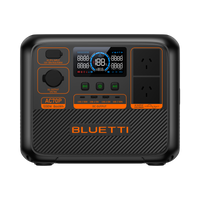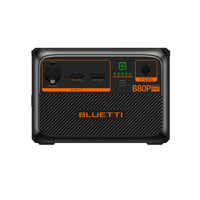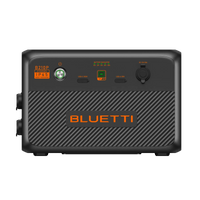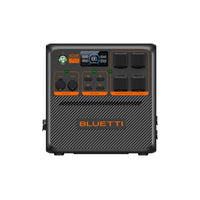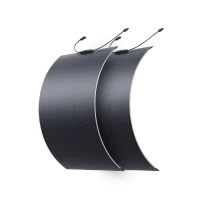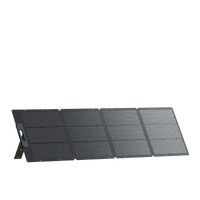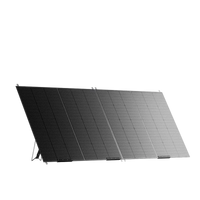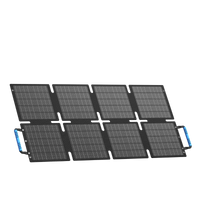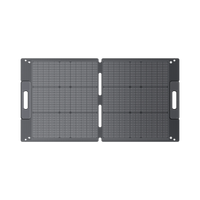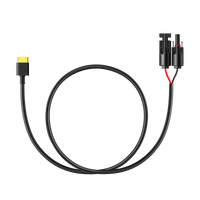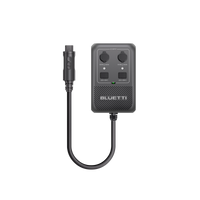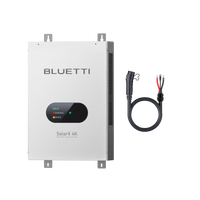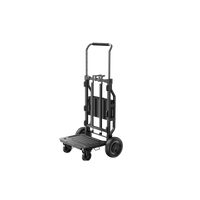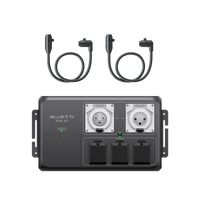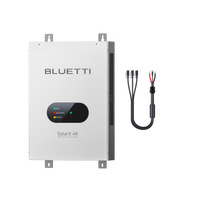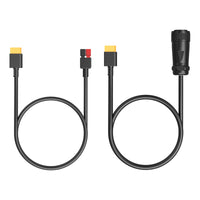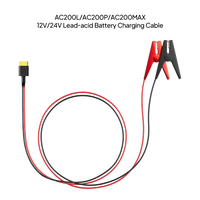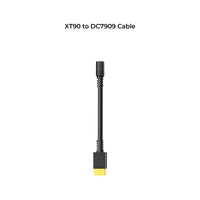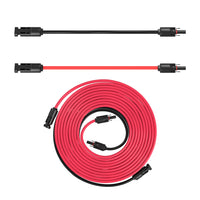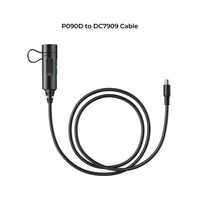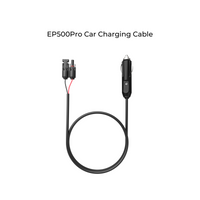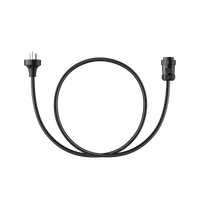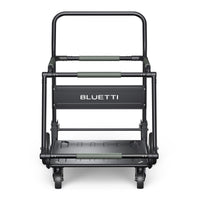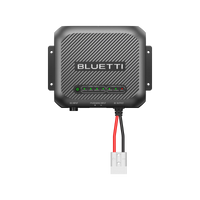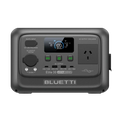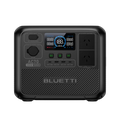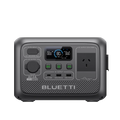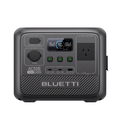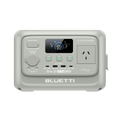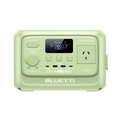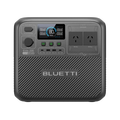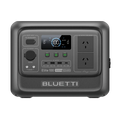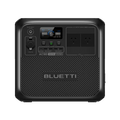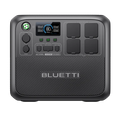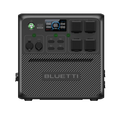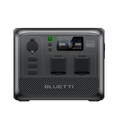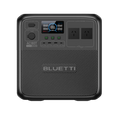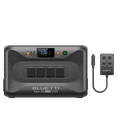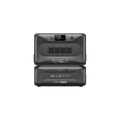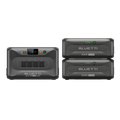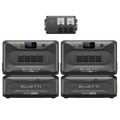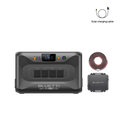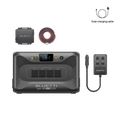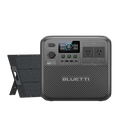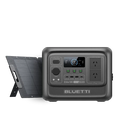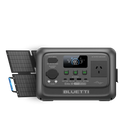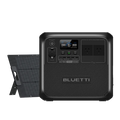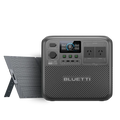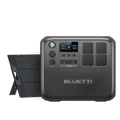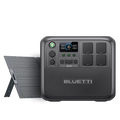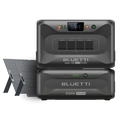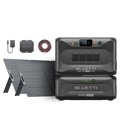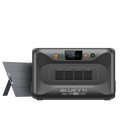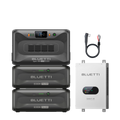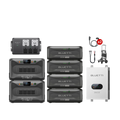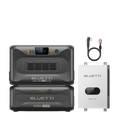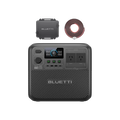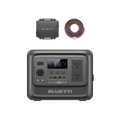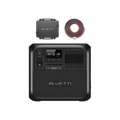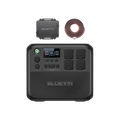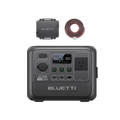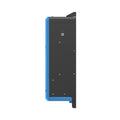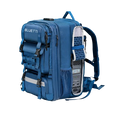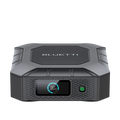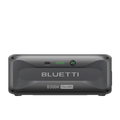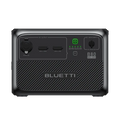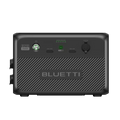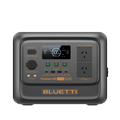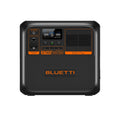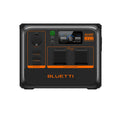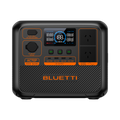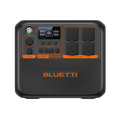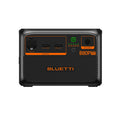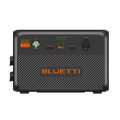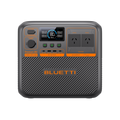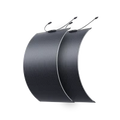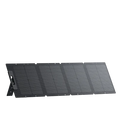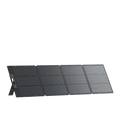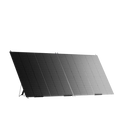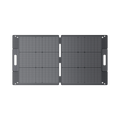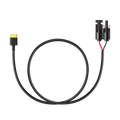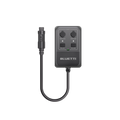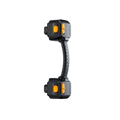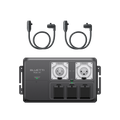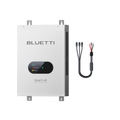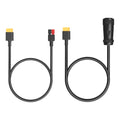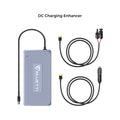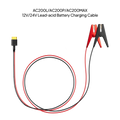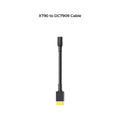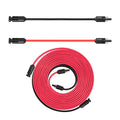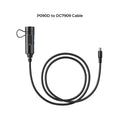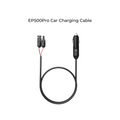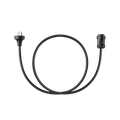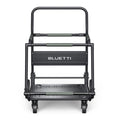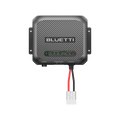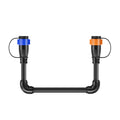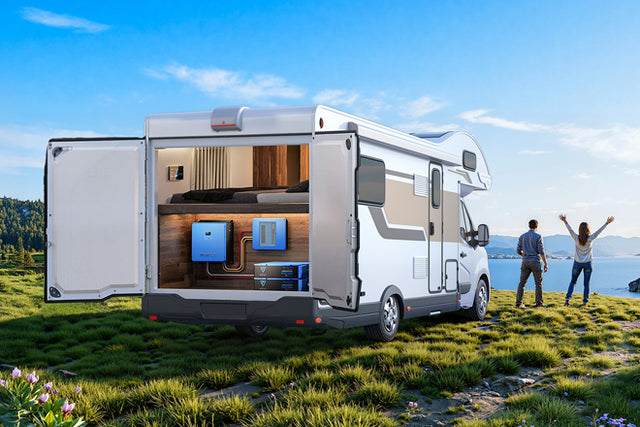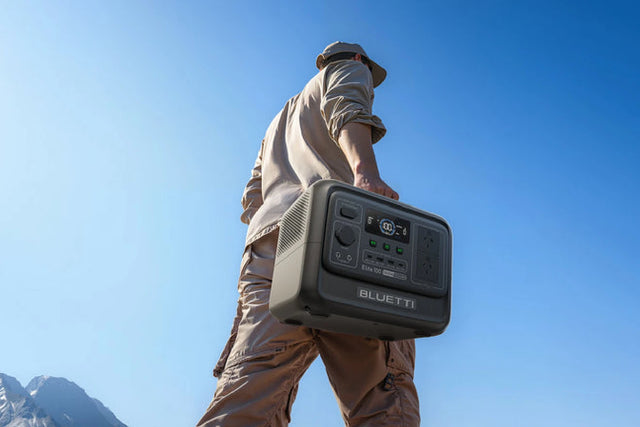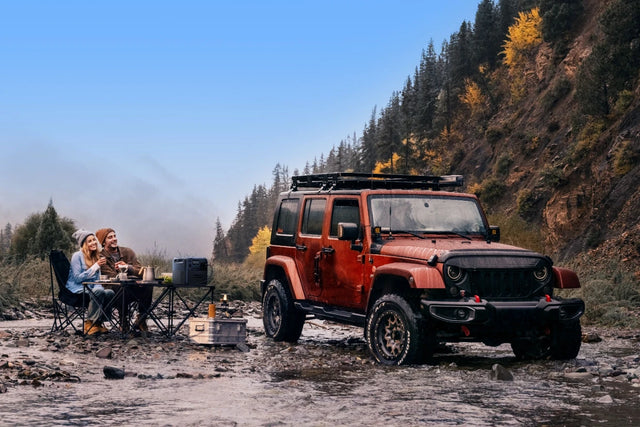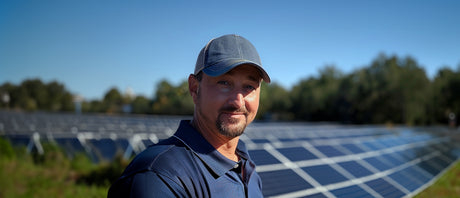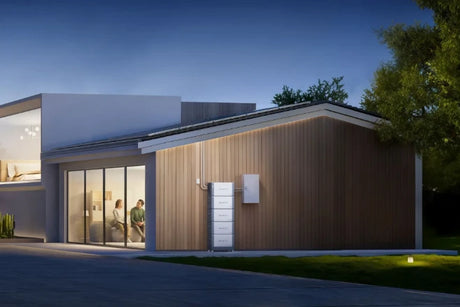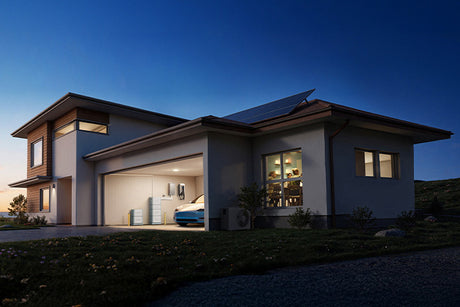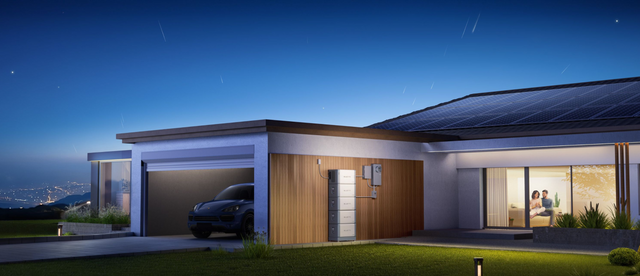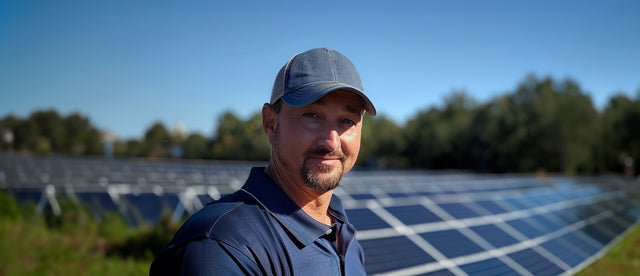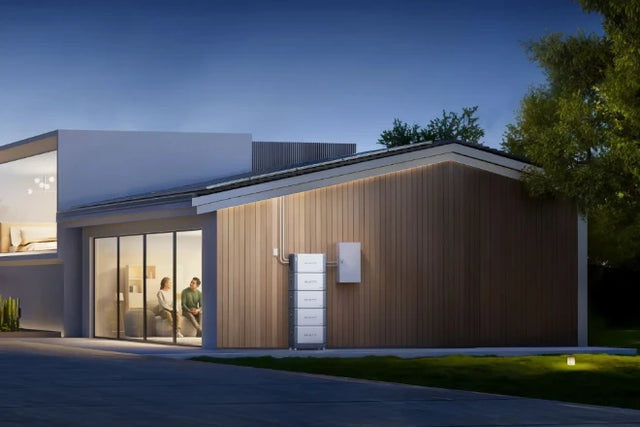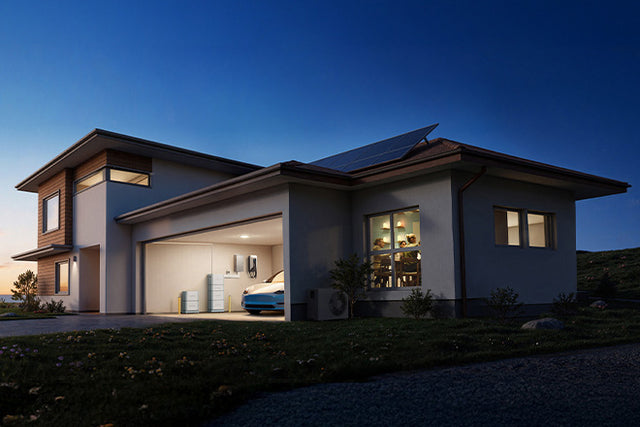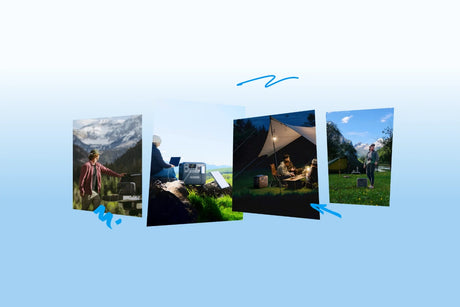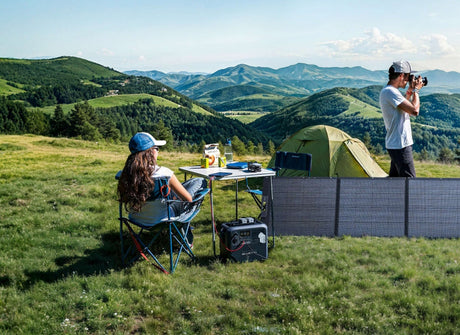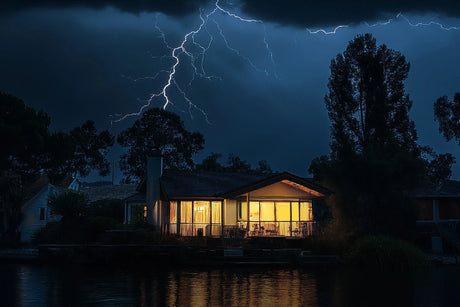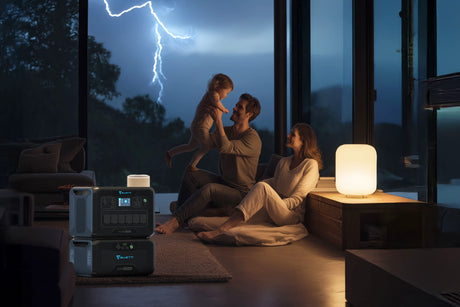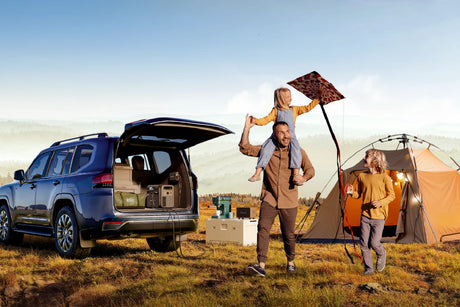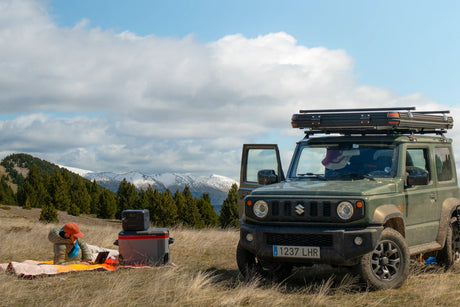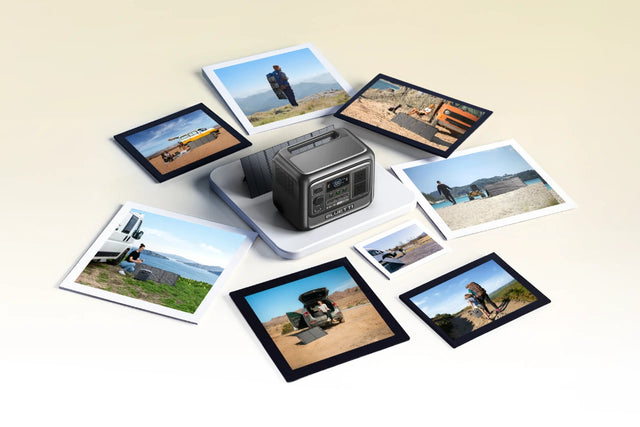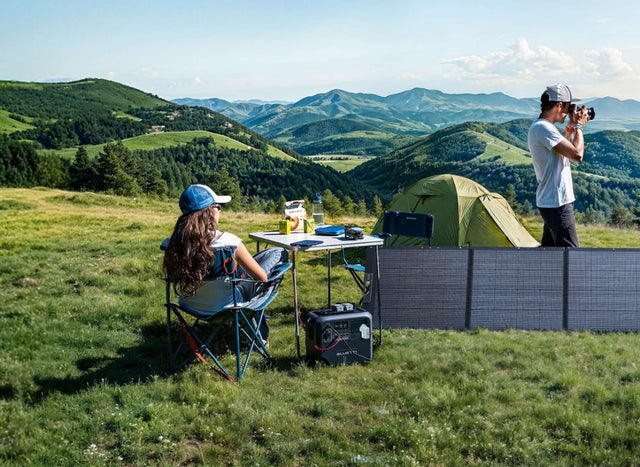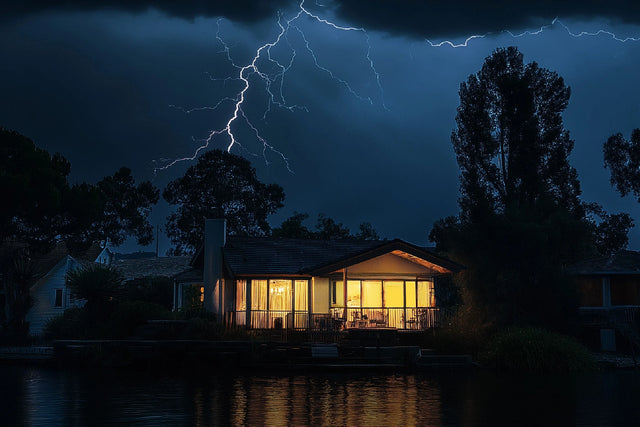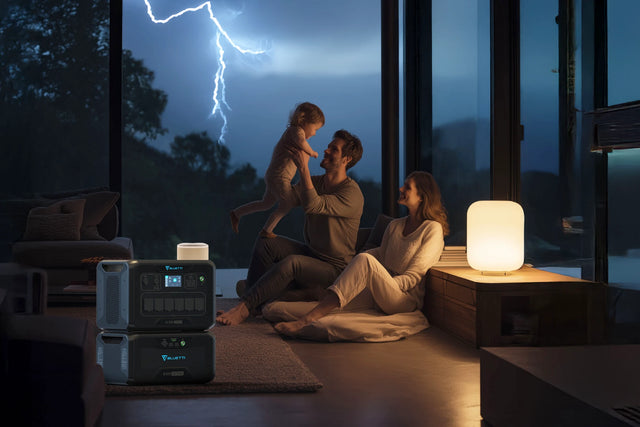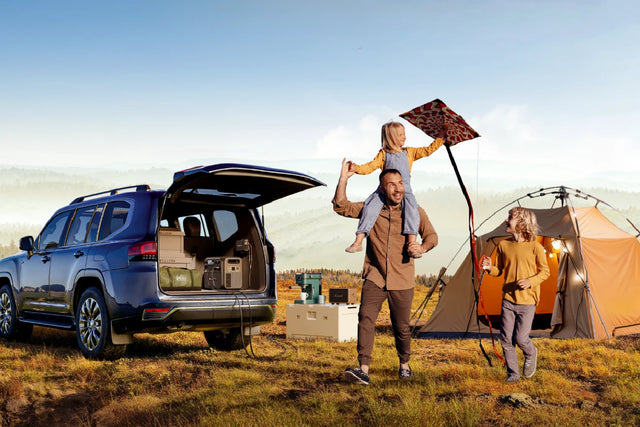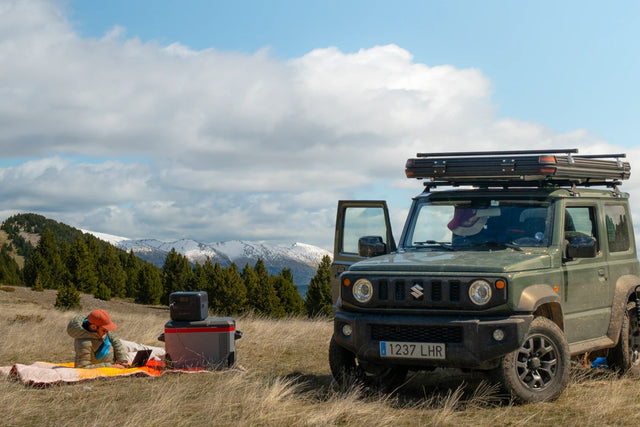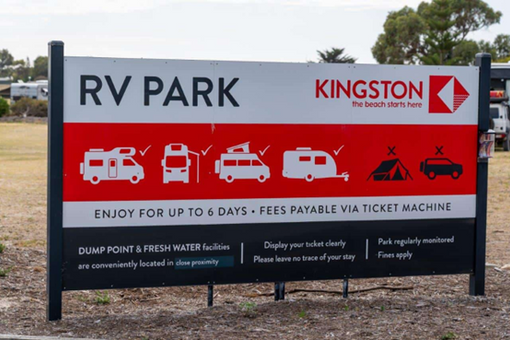You are at the edge of the water, and now you are prepared for your next adventure. However, there is one big question: which one to choose, a canoe or a kayak? Both boats will take you into the water and provide enjoyment, but the trick is to choose the right one according to your needs. This guide breaks down what you need to know.
Design: The Foundation of Performance
While the basic form and design of a canoe or a kayak are the main factors affecting its motion, feel and performance on water. All these are determined by the design features incorporated to stabilise, move swiftly, be manoeuvrable, and have enough storage space.

Canoe Design
The characteristic feature of the canoes is an open-top design that most of the time makes them look very classic and traditional.
-
Hull Design
The majority of recreational canoes have a flat or shallow-arched hull. And virtually all canoes are open-topped. Slightly expanded, with the unimpeded accessway, this is convenient to both get in and get out of, with great flexibility to load up gear, passengers, or even pets.
-
Seating Position
Paddlers normally sit aboard with knees up and elbows down on raised bench seating or rather, resting on the floor of the craft. This increased elevation gives a decent perspective of the environment and provides a more erect paddling stance.
-
CoG (centre of gravity)
Because of the high seating position, as well as the open construction, canoes naturally have a higher centre of gravity. Although this helps them be more stable in their starting position, it also implies that they are less safe in turbulent waters or fast streams of water.
-
Typical Length
The most common canoes in the recreational category are 13 to 17 feet long. It is generally faster and tracks straighter in longer canoes, whereas short ones are much more manoeuvrable.
-
Beam (Width)
A canoe is about 30 30 to 38 inches wide. This huge width means much to enhance its stability and its cargo capacity.
Kayak Design
Kayaks, on the other hand tend to be more streamlined and efficient in nature, being built with protection and efficiency in mind.

-
Hull Design
Kayaks have more hull variations, depending on their applications. V-shaped hulls provide good tracking and secondary stability
Round hulls are good for speed and manoeuvrability. Recreational or whitewater kayaks may have flat hulls, which allow good initial stability or easy manoeuvrability, respectively.
-
Deck Type
There are mainly two types of kayaks.
Closed cockpit (sit-in): The paddler is sitting on the inside of the boat and only the upper body is exposed thus giving lots of protection against water and wind.
Sit-on-top (SOT): An SOT kayak has the paddler sitting on top of it, and thus they are extremely simple to enter and leave, particularly ideal when swimming or fishing.
-
Seating Position
Paddlers are seated much lower, with their legs straight out in front of them, often resting upon footpegs. This low chair is more suitable for effective paddling.
-
CoG: Centre of gravity
Kayaks inherently have a lower centre of gravity considering that the paddler sits low. The rough water stability and tipping resistance of this design form are such that they are, in themselves, more stable in rough water and stiffer to tipping than external forces.
-
Typical Length
The lengths of the kayaks also differ largely depending on their type with general ranges of 8-16 feet. The size of recreational kayaks is 8-12 ft compared to touring and sea kayaks, which may be extremely long (14-18+ ft).
-
Beam (Width)
On average, kayaks are narrower than canoes, with a span of 20 to 28 inches. This smaller profile improves their speed and efficiency.
Performance Effect
The kayaks follow the rough water, wind, and current, being lower next to the water, with a smaller beam and commendable hull designs.
Canoes have a much more open room and they are much more comfortable with flat water, which is a plus point when it comes to a family outing.
Paddle Types and Paddling Technique
The technique of paddling is something that can make a very big difference to how you enjoy and perform efficiently in the water. The method and type of paddle are very different in canoes and kayaks.

Canoe Paddling
Canoe paddles are single-bladed. You will have to paddle either side of the boat in turns. This change requires some organising, particularly when accompanied by a paddle. The boat will go in the direction opposite the side that you are not paddling.
The two-person canoe paddling (tandem paddling) makes canoes much easier to handle and efficient.
Kayak Paddling
Both ends of the kayak paddles possess blades. In an alternate stroke on both sides, you keep using the same hand. It is a more efficient and simpler continuous gesture to learn, which most people can easily learn.
You will always be in control of the direction of the boat since it comes with a double-blade paddle. It allows responding to the change of the winds and currents and making instant corrections.
Weight Capacity and Storage Solutions
When we are planning an outing, and in particular, when there is more than just one person or when we have to carry more gear or even pets, the payload and the ability to access the gear storage in the craft become prime factors in our decision-making.
Canoe
-
Weight Capacity
Canoes have an extraordinary cargo-carrying capacity that can go up to 300 pounds or more to 1,000 pounds. It is also very scalable, implying that heavier canoes can comfortably carry much more weight.
-
Vessel Weight
The average size of most recreational canoes weighs about 50 to 90 pounds, depending on the specific type of lightweight and/or solid expedition canoe which could be lighter and/or heavier respectively.
-
Passenger Layout
Canoes offer a capacity of use by 2 to 3 + people and a lot of room to put their gear. Tandems are normal and a lot could be made to be single-person padded by adjusting to a central position.
-
Storage Access
It offers storage access like no other courtesy of the open, flexible interior of its canoe. It is very possible to load big and dry bags, coolers, fishing boxes, camping gear, and even a dog. All of this is not complicated and can easily be grasped without opening hatches.
Kayak

-
Weight Capacity
The weight-carrying capacity of solo kayaks is usually 200 to 500 pounds. Although tandem kayaks are available the general capacity of most of these is still less than that of a large canoe.
-
Vessel Weight
The weight of kayaks is usually between 35 and 80 pounds, and even higher in the case of short-distance and recreational kayaks, between 40 and 60 pounds. Performance types of constructed composite kayaks can be very lightweight.
-
Passenger Layout
And the majority of kayaks are one-person, although some of them can be two-person kayaks with two people. Kayaks with more than two people are uncommon and are typically huge.
-
Storage Access
Especially sit-in kayaks have their gear storage hatches waterproofed by having hatches sealed. These hatches are great waterproofing protection but they are not as accommodating for storing stuff as an open-deck canoe.
Sit-on-top kayaks usually come with bungee rigging and small compartments but are not as cavernous as a canoe.
Speed and Handling Performance
How quickly do you want to be? What role does exact control play? The following are some of the performance factors that may either break or make your paddling.
Speed Comparison
The average rate of solo canoe paddling on calm water is between 3 and 4 km/h. Two experienced paddlers can achieve a speed of 5 to 6 km/h in tandem canoes. Larger seating positions and an open design produce increased wind resistance.
Touring kayaks move at a lower speed using less strength, between 5 and 7 km/h. They are faster due to their shield-like structures and effective paddling strokes compared to canoes. In case your aim is to cover distance, kayaks win hands down.
Tracking and Turning
Kayaks navigate (go in a straight line) far more competently than canoes. Their lower profile and hull design do not allow them to be pushed around by the wind and the current.
Canoes need greater concentration to head in a straight direction, particularly alone. They are, however, able to make very sharp turns when there is a necessity. The open can also allow you to apply various paddle strokes and even paddle backwards with ease.
Wind Resistance
This is where kayaks really excel. They are low-profile, which slices through wind to push a canoe. When the wind is strong, canoes behave as sails. Any wind can be caught in the high sides and an open cockpit.
Environment Suitability: Where Will You Paddle?
One very important consideration when deciding whether a canoe or kayak is ideal is the kind of water you intend to explore. They have a design feature that fits well in particular environments naturally.
|
Water Type |
Preferred Craft |
Reason |
|
Flat lakes & gentle rivers |
Canoe |
Superior initial stability, ample storage, and a relaxing and social ride. |
|
Sea/coastal bays |
Kayak (touring/sea) |
Excellent wave resistance, enclosed cockpit for water protection, and superior tracking in open water. |
|
Whitewater rapids |
Kayak (whitewater) |
Specialised hull design for speed and agility, high manoeuvrability, and quick recovery from capsizes. |
|
Remote wilderness trips |
Canoe or sea kayak |
A canoe is excellent for portaging (carrying over land) due to its open storage and ease of overhead carry; a sea kayak is excellent for long water-only journeys due to efficiency. |
|
Warm-weather recreation |
Kayak (sit-on-top) |
Easy re-entry after swimming, comfortable for casual paddling, minimal skill barrier. |
Practical Considerations: Transport and Storage
Practical realities like getting your boat to and storing it at home influence how often you paddle. These logistical considerations tend to weigh heavier than on-water performance in terms of boats.
Vehicle Loading
Canoes are heavy and generally require two persons to carry safely. They are difficult to manage individually, especially due to their width. But when they are on your roof rack, they are secure and stable to transport.
One person is capable of loading many kayaks, in particular the lighter recreational models. Their smaller sizing allows them to be lifted and placed with less effort. It is an immense solo-loading capability when you tend to paddle alone.
Home Storage
Canoes consume much space in garages or sheds. Their breadth (30-38 inches) has necessitated a lot of planning in most storage rooms. The overhead storage or wall-mounted racks tend to serve best.
Kayaks are easier to store since they have a narrower beam (20-28 inches). Most will fit an ordinary garage without special logistic planning. Even the kayaks are vertically stored in some kayaks.
Inflatable Options
There are also inflatable canoes, although these are uncommon, and in most cases they affect performance negatively. They are used exclusively by the most nature-minded paddlers.
There are good-quality inflatable kayaks that are widely used. Sophisticated designs compete with the more traditional hard-shell kayak. As far as recreational purposes are concerned, they fold into small packages to store and transport.
Cost Analysis and Long-Term Value
Being aware of the total cost provides you with a smart financial decision to invest in your future paddling. The entry-level canoes usually sell at around 700-1500 dollars. Speciality high-end canoes can be more than 4,000 dollars.
Kayaks are more flexible in terms of pricing. There are basic recreational kayaks and they begin at prices of 300 and 600 dollars. Good touring kayaks cost between 1200 and 2500 dollars. The prices of canoe paddles range between $50 and 200 dollars on quality items. Kayak paddles come at a price of between $60 and $300. The paddle styles, the blade material, and the shafts of the paddle give a lot of options.
Safety and Skill Requirements
Water safety is the most important. It is crucial to know the basic stability, the re-entry problems, the ease of capsizing, and the splash protection the different crafts can provide to ensure a safe and pleasurable paddler experience.
Kayaks tend to be safer in open or uncertain water because of their lower profile, greater tip resistance, and more effective drainage systems (scupper holes in SOTs or a bilge pump in sit-ins).
Canoes are easy to get in and out of but are prone to filling up with water and becoming chaotic when the waters are more rugged or there is a strong wind.
Making Your Final Decision
Rather than going through a list of generic pros and cons, let us use real-world situations to compare boats. You should be led by your particular use case.
|
Select a Kayak if: |
Select a Canoe if: |
|
You are paddling alone most of the time. |
You usually paddle together with your relatives or friends. |
|
You care about speed and efficiency. |
You have to bring a lot of equipment or gear. |
|
You desire improved wind and wave performance. |
One of the main activities includes fishing. |
|
Transport and storage in good accessible conditions are essential. |
What you desire is absolute stability and comfort. |
|
You are a fan of sea or coastal kayaking. |
Convenient access to gear when on the trip matters. |
|
You want equipment that is dry and safe. |
You are more interested in relaxed paddling |
BLUETTI Solar Generator Power Your Kayak or Canoe Trip
If you’re heading out for a weekend paddle, an overnight canoe camp, or just spending the day on the water, a portable power station can make all the difference.
With waterproof power solutions, such as the BLUETTI AC240, long paddling trips become more feasible. Its IP65 water-resistant rating deals with splashes and rain prevalent on paddling grounds. The 1,536 Wh capacity powers up phones, GPS systems, and cameras and goes for dozens of days with no access to shore power.
It consists of 2,400 W output and even powers small appliances in camp, such as coolers or induction cookers. This allows multi-day trips, even when equipped with the gear-carrying capabilities of larger canoes or sea kayaks.
FAQs
What are the three types of kayaks?
Kayaks are divided into three major classes. White Water, Recreational, and Sea Kayaks. Under these categories, there exist subcategories and variations of the same boat design.
How many people can fit in a canoe?
Modern canoes are popular throughout competition and recreation, including racing, whitewater, touring and camping, freestyle, and general use.
What is a canoe used for?
Overall, a canoe can hold 2-4 persons. The most stable of all, canoes sit high in the water and are, therefore, the most suitable for the person.
